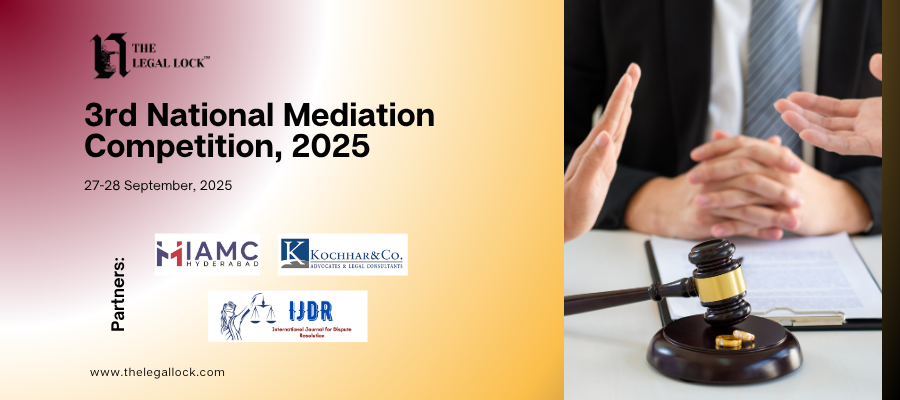Introduction
Chapter XVII of the Indian penal code discussed about the offences against property. This is the second longest chapter, it contains 85 sections (378- 462). The basic element common to the offences under this chapter is dishonesty, which the code is describes as the intention of causing wrongful gain to one person or wrongful loss to another, but the manner in which dishonesty is exercised, differs in dissimilar issue. Hence the offences have been classified into various categories for a clear understanding of the different concepts involved therein. And we all know that receiving a property that a person knows to be a stolen one is a crime. For that reason receiving of stolen property is comes under in a crime in the direction of stop the selling of stolen property which may recompense thieves for their criminal actions. As a consequence in this article we talk about the receiving of stolen property under IPC, section (410-414).
Section 410:- stolen property
Section 410, IPC defines stolen property. It talks about the property will be preferred as stolen surrounded by the meaning of the section 410.
If possession of such property has been transferred by
- Theft
- Extortion
- Robbery
- Criminal misappropriation
- Criminal breach of trust
Thus stolen property is a sine quo non a necessary requirement for a charge under this section. In the important case of Mohan Lal vs. state of Maharashtra, the court held that, the essence of the offence of receiving stolen property consists in the receipt or retention of property with a full knowledge or having reason to believe at the time of receipt that the property was obtained in one of the ways particular in excess of.
It is straightforward that there can be no offence of deceptively or misleadingly getting stolen property but for the property which is suspected to be the subject matter of such receiving, responds the enlightenment of stolen property given in this section 410 of the Indian penal code.
Merely that type of property, the possession of which has been transferred by theft or extortion or criminal misappropriation or else others offences associated to them while mentioned in section 410 of IPC falls contained by the importance of that stolen goods or property.
In the other important case of Ajendranath Shah v. State of Madhya Pradesh, the court held that, Circumstantial evidence leading to the conclusion that goods recovered were stolen goods are sufficient to establish that the accused had assisted in the concealment of stolen property within the meaning of sections 410 and 414 of IPC.
Section 411:- Dishonestly receiving stolen property
This section prescribes the punishment for dishonest receipt and retention of stolen goods or property, eloquent or having grounds in the direction of accept as true it to be stolen goods or property. Nevertheless, mere possession of stolen property is not an offence. The offence of this section is cognizable, non-bailable, non- compoundable and triable by any magistrate.
Ingredients:-
To bring home the guilty of a person under section 411, IPC the prosecution must prove that-
- The stolen property was in the possession of the accused
- That some person other than the accused had possession of the property ahead of the accused acquired possession of it
- So as to the accused had familiarity that the property was the stolen property.
The legal responsibility under section 411 of IPC, takes place not just intended for dishonest treatment although as well meant for dishonest withholding. The differentiation among the two is toward in the earlier; the individual has received the property fraudulently or dishonestly on the other hand may not of necessity keep hold of it untruthfully. Nevertheless in the afterward, there is a awareness in the mentality of the person from truthful to untruthful and then he holds on to that property falsely from beginning to end himself. When the field from which ornaments and other items of food, such as rice, flour etc, were recovered was an open one and accessible to all, it is difficult to hold positively that the accused was in possession of those articles. The fact of recovery by the accused is compatible with the circumstance that somebody else could have placed the article there and the accused, one way or another acquiring knowledge of their whereabouts, the fact of his discovery cannot be regarded as conclusive proof that the accused was in possession of those a critique.
The offence of the section 411 of IPC is not ended carrying a punishment of just intended for getting a stolen property on or after any person intended for any meticulous motive. This offence is finished liable to be punished by simply when somebody purchases such property with the familiarity or knowledge or else having grounds to accept as true that it was stolen goods or property.
In a case of Karnal singh uttam singh v. state of Maharashtra, in which the court held that the explanation given by the accused was good enough to raise serious doubts about the sustainability of a charge under section 422 under IPC the accused was held at liberty to let go.
The punishment of this offence is an imprisonment for 3 years or fine or both and it is cognizable, non-bailable offence and also triable by any magistrate and compoundable by the owner of the property stolen.
Section 412:- the dishonestly receiving property stolen in the commission of a dacoity
The stolen property in dacoity- the section 412, seeks to punish persons receiving any property stolen in the commission of dacoity. The punishment may make longer up to imprisonment for life or up to ten years either simple or grievous and fine.
Ingredients-
- The property is stolen property
- The said property was concerned with dacoity
- The accused dishonestly received it
- The accused knew or had grounds to accept as true that the said property was stolen in dacoity.
- The offence of this section is cognizable and non-bailable and also non-compoundable and then after triable by the Court of Session.
- The punishment of this offence is an imprisonment for life or rigorous imprisonment for 10 years and fine.
One of the necessary ingredients of the offence under the section is transference of the property by the commission of dacoity. In the absence of such proof, no conviction can be sustained, held in the case of Ram Autar v. Emperor.
Section 413:- the habitually dealing in stolen property
This section deals with habitual receiving or dealing with stolen property and prescribes a ruthless punishment, which may be whichever imprisonment for life, or else imprisonment of also explanation intended for a term which may make longer to ten years and fine.
A person cannot be said to be habitually receiving stolen property who may receive the proceeds of a number of different robberies from a number of different persons. It is necessary to show that the property was received on different occasions and on different dates.
Ingredients:
- The property in question is stolen property
- The accused received it or dealt with it.
- The accused did so consistently
- The accused did so knowingly or having reason to believe that the property was stolen property.
- The offence of this section 413, is cognizable, non-bailable, non-compoundable
The punishment for this offence is an imprisonment for life or imprisonment for 10 years and with fine. The offence of this section, is cognizable, non-bailable non-compoundable and triable by a court of session.
Section 414:- Assisting in concealment of stolen property
This section punishes those who assist in concealment of stolen property. It applies to cases where there has not been such a possession as would support an indictment against the accused as a receiver of stolen property. The punishment is a term of imprisonment (simple or grievous) which may extend to 3 years or with fine or with both.
Ingredients;-
- The property in question is stolen property
- The accused had knowledge or reasons to believe that such property was stolenproperty
- The accused voluntarily assisted in concealing or disposing of or making away with such property
This offence is cognizable, non-bailable, non-compoundable and triable by any magistrate.
The punishment of this offence is an imprisonment for 3 years or fine or both.
Conclusion
The condition seeks to look after the offence or crime, they are in the vein of theft; robbery as receiving of stolen property would give confidence such actions. An individual appealing in get hold of of stolen property consigns an offence of receiving stolen property. On the other hand, there be obliged to be a deceitful intent as well as familiarity, awareness or knowledge or grounds to acknowledge as true that the property being acknowledged is a stolen one to set up the guiltiness of the human being.
Reference:-
K.D. GUAR, THE INDIAN PENAL CODE [As amended by the criminal law (Amendment) act, 2018]









